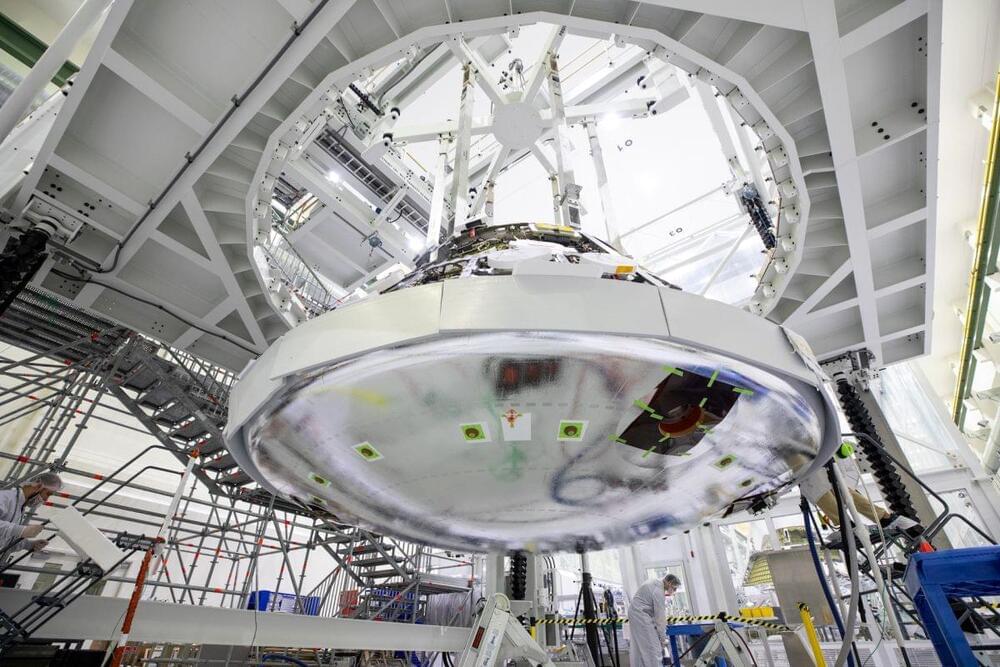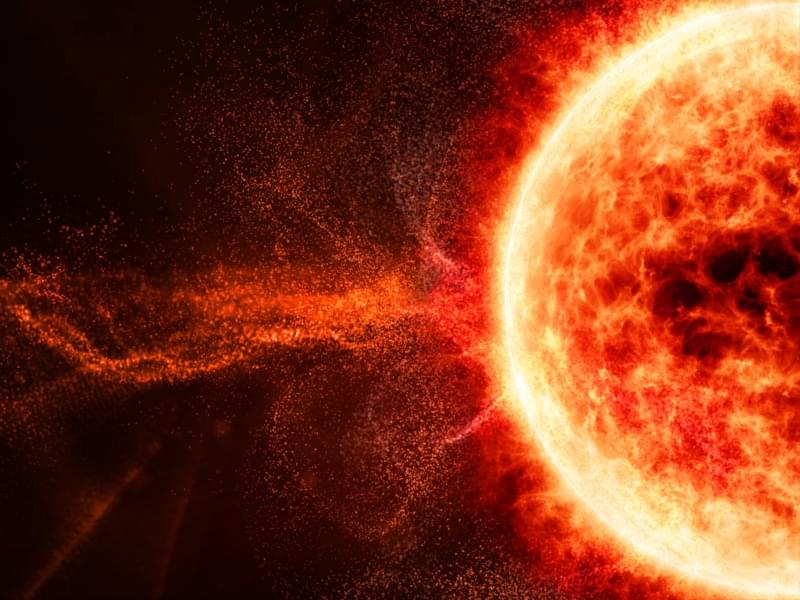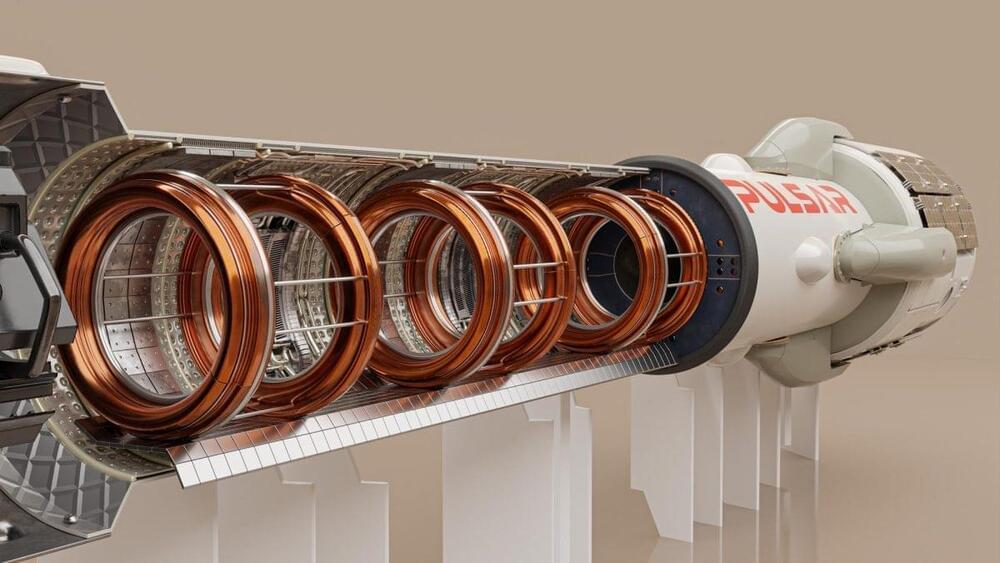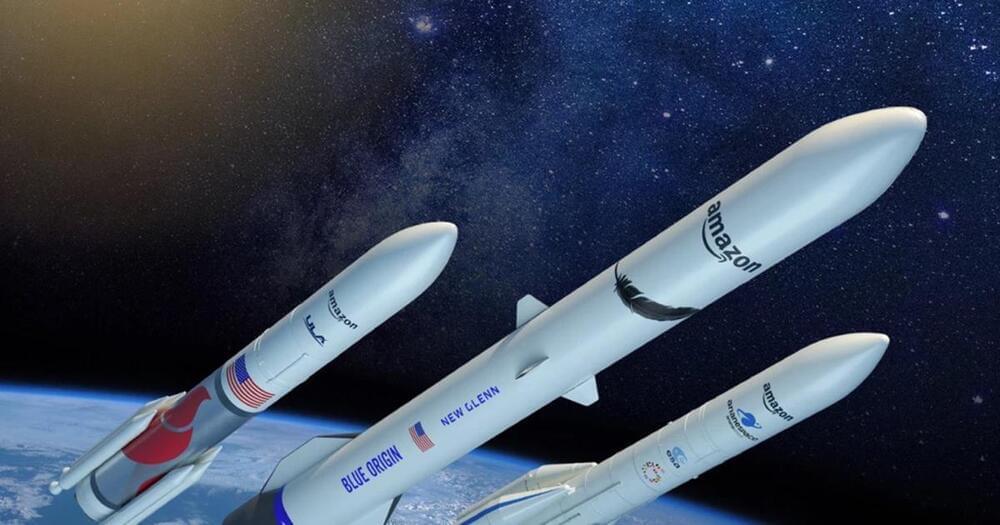It squats on the Las Vegas skyline like an enormous spaceship, black and mysterious – until night falls, when it will glow like the Earth from space.
The MSG Sphere won’t open to the public for almost three more months, when U2 christens the entertainment venue with a series of concerts. But anticipation is growing.
Cue the superlatives. At 366 feet tall and 516 feet wide, it’s being billed as the world’s largest spherical structure. Its bowl-shaped theater reportedly contains the world’s highest-resolution wraparound LED screen. And its exterior is fitted with 1.2 million hockey puck-sized LEDs that can be programmed to flash dynamic imagery on a massive scale – again, reportedly the world’s largest. It was fully illuminated for the first time Tuesday night to celebrate the Fourth of July.






